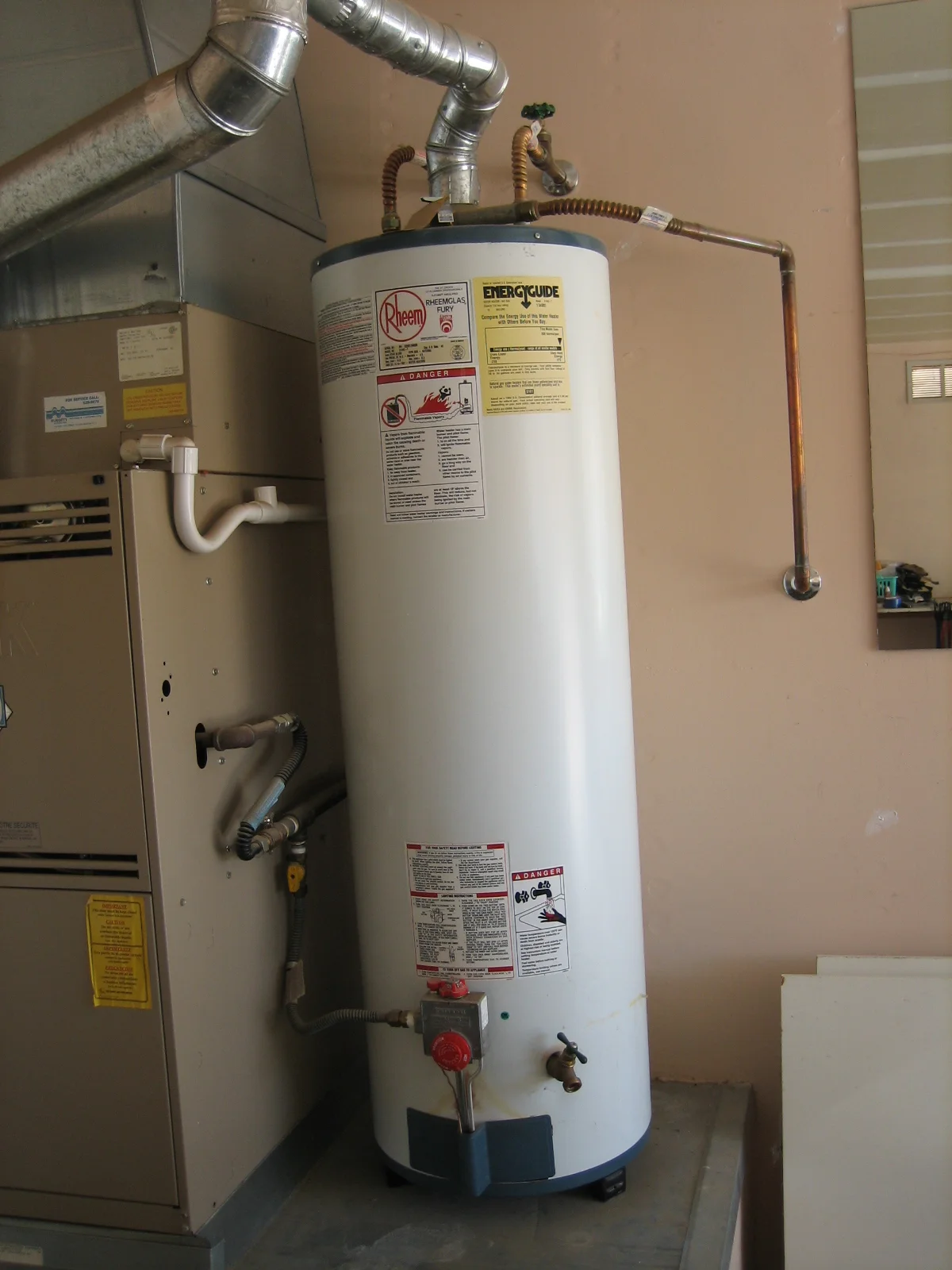Steps to Prolong the Life of Your Home's Hot Water System By Maintenance
Steps to Prolong the Life of Your Home's Hot Water System By Maintenance
Blog Article
What are your ideas concerning How to Maintain a Hot Water Heater in a Few Simple Steps?

Warm water is vital for day-to-day convenience, whether it's for a rejuvenating shower or washing recipes. To ensure your hot water system runs successfully and lasts longer, normal upkeep is essential. This article gives functional suggestions and insights on just how to preserve your home's warm water system to avoid interruptions and pricey repair services.
Intro
Maintaining your home's warm water system might appear daunting, however with a couple of simple steps, you can guarantee it operates smoothly for several years to come. This overview covers everything from understanding your warm water system to DIY upkeep suggestions and recognizing when to hire specialist help.
Significance of Keeping Your Hot Water System
Routine upkeep not only prolongs the life-span of your warm water system but likewise guarantees it runs efficiently. Ignoring upkeep can result in reduced performance, greater energy bills, and also premature failure of the system.
Indicators Your Hot Water System Needs Upkeep
Knowing when your hot water system needs interest can protect against significant issues. Watch out for indicators such as inconsistent water temperature level, strange sounds from the heating unit, or corroded water.
Understanding Your Hot Water System
Before diving right into maintenance tasks, it's handy to understand the basic elements of your warm water system. Typically, this includes the water heater itself, pipelines, anode rods, and temperature level controls.
Monthly Maintenance Tasks
Normal regular monthly checks can aid catch minor problems prior to they escalate.
Flushing the Hot Water Heater
Purging your water heater eliminates debris buildup, improving effectiveness and lengthening its life.
Checking and Changing Anode Rods
Anode rods prevent rust inside the container. Checking and changing them when worn out is critical.
Evaluating and Readjusting Temperature Settings
Changing the temperature level setups ensures optimum efficiency and safety.
DIY Tips for Maintenance
You can do numerous upkeep jobs on your own to maintain your warm water system in leading problem.
Checking for Leaks
Routinely inspect pipes and connections for leaks, as these can result in water damage and higher bills.
Evaluating Pressure Relief Valves
Evaluating the pressure relief valve ensures it works properly and avoids extreme stress buildup.
Insulating Pipelines
Insulating hot water pipes reduces heat loss and can conserve power.
When to Call a Specialist
While do it yourself upkeep is valuable, some concerns call for specialist experience.
Facility Concerns Calling For Expert Assistance
Examples include major leaks, electric troubles, or if your hot water heater is constantly underperforming.
Routine Professional Maintenance Benefits
Specialist upkeep can include comprehensive inspections, tune-ups, and making certain conformity with security standards.
Conclusion
Routine maintenance of your home's hot water system is essential for performance, durability, and expense savings. By adhering to these ideas and understanding when to seek specialist aid, you can make sure a reputable supply of hot water without unanticipated interruptions.
How to Maintain an Instant Hot Water Heater
Before tinkering with your hot water heater, make sure that it’s not powered on. You also have to turn off the main circuit breaker and shut off the main gas line to prevent accidents. Also turn off the water valves connected to your unit to prevent water from flowing into and out of the appliance. 2. When you’re done, you have to detach the purge valves’ caps. These look like the letter “T†and are situated on either side of the water valves. Doing so will release any pressure that has accumulated inside the valves while at the same time avoid hot water from shooting out and burning your skin. 3. When the purge valves’ caps are removed, you have to connect your hosing lines to the valves. Your unit should have come with three hoses but if it didn’t, you can purchase these things from any hardware or home repair shops. You can also get them from retail stores that sell water heating systems. Read the user’s manual and follow it to complete this task properly. When the hosing lines are connected, open the purge port’s valves. 4. You should never use harsh chemical cleaners or solutions when cleaning your unit. Make use of white vinegar instead. It should be undiluted and you’ll probably use about 2 gallons. 5. Now flush your water heater. This task should probably take about 40 minutes. We can’t give you specific directions for this because the procedure is carried out depending on the type, model and brand of your heater. With that being said, refer to the user’s manual. 6. When you’re done draining the unit, you have to turn off the purge port valves again. Remove the hosing lines that you earlier installed on each of the water valves. Put the valve caps (purge port) back in their respective places and be very careful so as not to damage the rubber discs that are found inside these caps. 7. Now that everything’s back in place, check your user’s manual again to find out how to reactivate your water heating system. 8. Once it is working, turn one of your hot water faucets on just to let air pass through the heater’s water supply pipes. Leave the tap on until water flows smoothly out of it. https://www.orrplumbing.com/blog/2014/september/how-to-maintain-an-instant-hot-water-heater/

As a passionate reader about What Kind of Maintenance Do Water Heaters Need?, I imagined sharing that excerpt was a good idea. In case you appreciated our article if you please do not forget to pass it around. Thank you for being here. Return soon.
Call Today Report this page